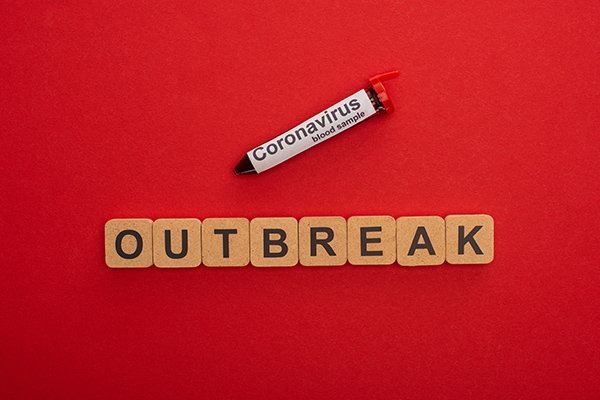
The New ICU
The pace of innovation in the ICU is orders of magnitude slower than that of the cath lab and OR, and the COVID-19 crisis has pushed, tested, and exposed ICUs for lacking state-of-the-art technology and resources.

The pace of innovation in the ICU is orders of magnitude slower than that of the cath lab and OR, and the COVID-19 crisis has pushed, tested, and exposed ICUs for lacking state-of-the-art technology and resources.

Illumina’s COVIDSeq Test enables qualitative detection of SARS-CoV-2 RNA from respiratory specimens.

Medical device companies are committing significant resources to the fight against Covid-19. Collaboration tools can help expedite product design while supporting evolving compliance standards.

Artificial intelligence and machine learning are proving to be meaningful weapons in our arsenal during the coronavirus crisis.

A lot of promises are made by organizations about making systems more intuitive, convenient and user-centric, but in reality most improvements tend to be designed to meet regulatory or internal system needs rather than better serve the people who use them. The user experience needs to be modernized, especially in heavily regulated industries where inaccurate or non-compliant labeling is laden with risk.

The researchers speculate that they have about two weeks to “get it right” and scale up to meet the surge of patients expected to enter hospitals.

The agency will continue to work with companies developing diagnostics relevant to the coronavirus outbreak in an effort to rapidly bring technologies to market.

Innovation requires the space for failure and continuous improvement.

A discussion of the changing medtech markets and how companies can remain cognizant of potentially disruptive changes in their business and industry for future success in their product portfolios, services and relationships.

The outlook for 2020 and beyond is positive, but medical device companies must continue to evolve their technologies and partnerships to keep the attention of investors.